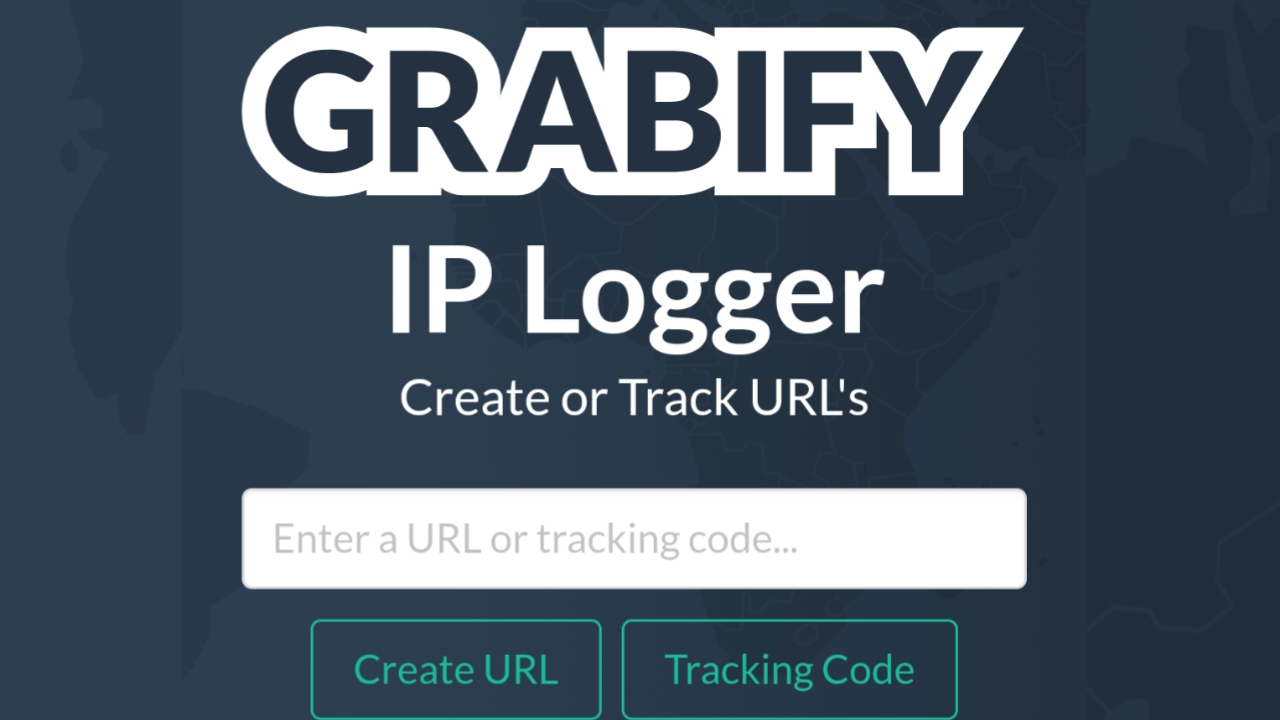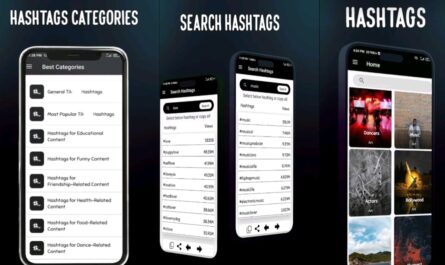How to use Grabify website and Track URL
How to use Grabify website Understanding How Grabify Works and Its Implications for Online Tracking
In the realm of digital marketing and online analytics, understanding user behavior and tracking engagement are pivotal. Grabify is a web-based tool that provides users with the ability to track URL interactions, offering insights into how links are clicked and used across the internet. This article explores the Grabify website, detailing its functionality, benefits, and potential drawbacks. Keep visiting ULOPLAY site for more article likhe this
What is Grabify ( How to use Grabify Website )
Grabify is a URL tracking service designed to help users monitor and analyze how their links are being interacted with. By converting regular URLs into trackable links, Grabify provides detailed analytics on user clicks, geographical data, and device information. This tool is widely used for various purposes, including marketing campaigns, link management, and even personal curiosity about link performance.
How Does Grabify Work ( How to use Grabify website)
Using Grabify is straightforward. Users start by entering a standard URL into the Grabify website. The platform then generates a new URL that redirects through Grabify’s servers before reaching the destination. When someone clicks on the modified URL, Grabify logs various details about the click, such as IP address, location, device type, and browser information.
Here’s a step-by-step overview of how it works:
1. **URL Input**: Enter the URL you want to track into Grabify.
2. **Link Generation**: Grabify generates a new trackable URL.
3. **Link Distribution**: Share the trackable URL with your target audience.
4. **Data Collection**: Grabify collects and displays data on how many times the link was clicked, the geographic location of the clicks, the devices used, and other relevant information.
Pros of Using Grabify
1. **Detailed Analytics**:
– Grabify provides comprehensive data on link interactions. Users can access information such as the number of clicks, geographical locations of clickers, and the types of devices and browsers used. This detailed analytics can be crucial for understanding user behavior and optimizing marketing strategies.
2. **User-Friendly Interface**:
– The platform is designed with simplicity in mind. Generating trackable links and accessing analytics reports is straightforward, even for users with minimal technical expertise. This ease of use makes Grabify accessible for a wide range of users.
3. **Enhanced Tracking Capabilities**:
– Unlike basic URL shorteners, Grabify offers in-depth tracking features. This includes tracking not just the number of clicks but also user-specific details like IP addresses and geographic locations, providing a more granular view of link performance.
4. **Customizable Links**:
– Grabify allows users to create custom short URLs. This feature helps in branding and making links more memorable and professional, which can be particularly useful in marketing and promotional activities.
5. **Real-Time Data**:
– Users can view click data in real-time, which is beneficial for immediate analysis and quick decision-making. This feature helps in adjusting strategies promptly based on the latest data.
Cons of Using Grabify
1. **Privacy Concerns**:
– Grabify collects detailed data on users who click the trackable links, including IP addresses and geographic locations. This can raise privacy concerns, as individuals may not always be aware that their data is being tracked. Ethical considerations and transparency are important when using such tracking tools.
2. **Potential for Misuse**:
– While Grabify is a powerful tool for legitimate tracking purposes, it can also be misused. Individuals with malicious intent might use Grabify to track and potentially exploit users without their consent. This misuse highlights the need for responsible and ethical use of tracking technologies.
3. **Link Visibility**:
– Trackable links created by Grabify may not always appear trustworthy to users. Some people might be wary of clicking on shortened or unfamiliar URLs due to concerns about phishing or malware. This can affect the overall click-through rate and effectiveness of the tracking.
4. **Limited Free Features**:
– While Grabify offers a free version, some advanced features and detailed analytics are available only in paid plans. Users seeking comprehensive tracking capabilities may need to invest in a subscription, which can be a drawback for those with limited budgets.
5. **Legal and Compliance Issues**:
– Depending on the jurisdiction, tracking users without their explicit consent may have legal implications. Users need to ensure that their use of Grabify complies with local regulations and data protection laws, such as GDPR or CCPA.
Conclusion about Grabify
Grabify is a robust tool for URL tracking that provides detailed insights into user interactions with links. Its user-friendly interface and comprehensive analytics make it a valuable resource for digital marketers, content creators, and anyone interested in understanding link performance. However, it is crucial to use Grabify responsibly, keeping in mind privacy concerns and legal considerations. By balancing the benefits with ethical practices, users can effectively leverage Grabify’s capabilities while respecting user privacy and adhering to regulatory requirements.

